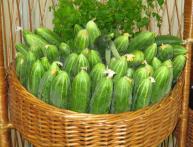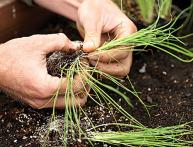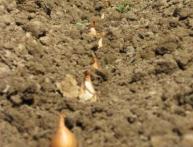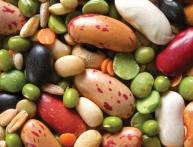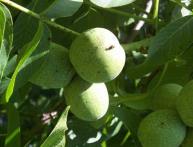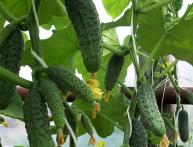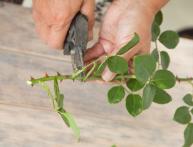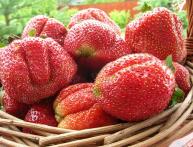Planting vegetable physalis (Mexican)
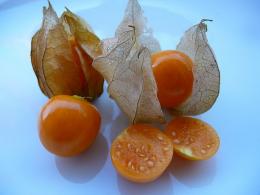
Not everyone knows that the physalis plant is used not only for decorating bouquets. Experienced gardeners have been cultivating it for over a hundred years. Physalis has taken root well in garden beds, not only as an ornamental plant, but also as an edible plant. Physalis (vegetable, strawberry) is used to make jam, dried fruits, jellies, pickles, candied fruits, it is pickled and eaten fresh. In addition, it is also a medicinal plant. Infusions and decoctions are made from it to treat various diseases.
Physalis vegetable is a relative of the tomato. Although planting and caring for physalis does not require such careful care as a tomato. The main conditions are light and high temperature, which should not fall below 18 degrees. Physalis is also not picky about soil, but produces a higher yield on loose, peaty soil fertilized with humus or compost.
Planting Mexican Physalis
Planting vegetable physalis is done in four ways:
- Pre-winter sowing. Dry seeds are sown in mulched soil. The plant emerges later than when planted as seedlings, but it is more resistant to drought and disease.
- Sowing physalis with sprouted seeds. The sowing period coincides with the planting of early potato varieties.
- Planting physalis seedlings. Thirty-day-old seedlings are used for planting. Planted in the ground a week earlier than tomatoes.
- Self-seeding Thanks to abundant self-seeding, physalis can independently spread throughout the entire area.
Important advantages in growing physalis are the fact that the plant is resistant to diseases and pests, and also does not require abundant watering.

